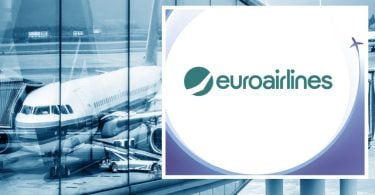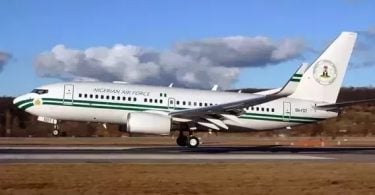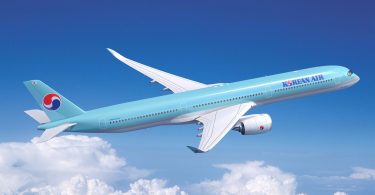The Boeing Company’s CFO, Greg Smith, has revealed on the sidelines of the Paris Air Show the possibility of a name change for the troubled 737 MAX plane. The aircraft has been grounded in several countries after two catastrophic crashes that took the lives of 346 people.
“I’d say we’re being open-minded to all the input we get,” Smith said on the sidelines of the Paris Air Show.
“We’re committed to doing what we need to do to restore it. If that means changing the brand to restore it, then we’ll address that. If it doesn’t, we’ll address whatever is a high priority.”
He noted that the company has no plans at this time to change the name, while it is focused on the safe return of the aircraft to service. According to Smith, Boeing still doesn’t have a timeframe for when airline regulators around the world will allow the plane to fly again.
Back in April, US President Donald Trump suggested rebranding the 737 MAX, claiming that would help to solve problems with the jet.
“What do I know about branding, maybe nothing (but I did become President!), but if I were Boeing, I would FIX the Boeing 737 MAX, add some additional great features, & REBRAND the plane with a new name. No product has suffered like this one. But again, what the hell do I know?” Trump tweeted.
Rebranding a plane due to bad publicity surrounding a crash would be unprecedented, aviation experts said. They explained that airlines aren’t going to view the plane any differently with a different name.
As for the passengers, “Most people don’t know if they’re flying an Airbus or a Boeing,” said Shem Malmquist, an accident investigator and visiting professor at the Florida Institute of Technology. “They’re looking at the price on the ticket.”
Two Boeing 737 MAX airliners operated by Indonesia’s Lion Air and Ethiopian Airlines crashed five months apart, killing a total of 346 people, and leading to a worldwide grounding of the new model. Both accidents were apparently caused by faulty data from Angle of Attack (AoA) sensors, which made the aircraft software falsely detect impending stalling and pushed the aircraft’s nose down.
The majority of Boeing 737 MAX aircraft had a non-working alert for faulty sensor data. The company scheduled the problem to be fixed three years after discovering it and didn’t inform the US Federal Aviation Administration until one of the planes crashed.





















